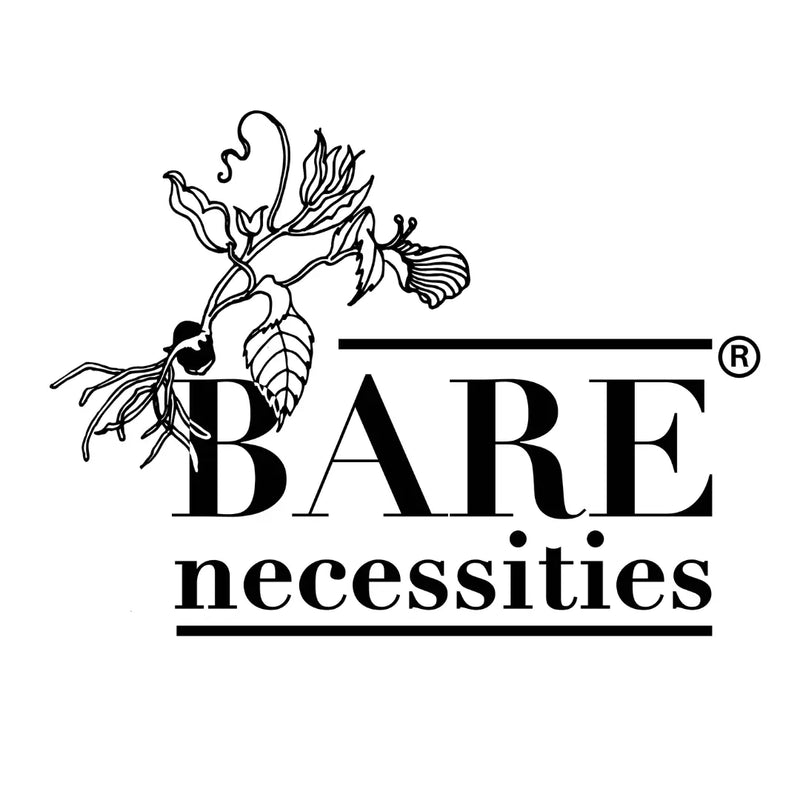A Brief Look at the SDGs and the Circular Economy (in India): Goal 13
Thirteenth in Bare Necessities- Zero Waste India’s series on SDGs in relation to zero waste, circular economy methodology and sustainability is Goal 13: Climate Action.
Emissions that lead to greenhouse gases are widely known today, yet, there is an area that, in relative terms is largely forgotten. “The decomposition of municipal waste is one of the largest human-produced sources of methane emissions in the world. Although we hear endless chatter about carbon emissions (and for good reason), methane emissions are just as troublesome: methane is 20 times more potent by weight than carbon dioxide. In landfills, methane gas is produced during the decomposition of solid waste: small microbes 'eat' the waste, producing gaseous methane as a byproduct for several decades” (source). Both consuming and producing waste in our entire ecosystem needs to become more sustainable as the world population grows.
As an overall roughly “11% of all the greenhouse gas emissions that come from the food system could be reduced if we stop wasting food” (source). There are numerous ways that these unsustainable practices can be addressed in order to limit the impact on the climate, and everyone and everything living in it. Examples range from composting food waste to setting waste diversion targets (source) in order to reduce the amount of material that will lead to emissions caused in any form, including the small microbes noted above.
One of the geographic areas most often spoken about in relation to climate change is small island nations. Within the Pacific Ocean nations there have been documented reports and recommendations for the last decade about how to minimise waste in their environments that are poignantly affected. With limited land space and rising sea levels these countries are in the most dire of situations and have been promoting the ‘5 R’ concept of waste reduction for over a decade according to reports: Refuse what you do not need, Reduce what you do not need, Reuse what you can’t reduce, Recycle what you can’t reuse, Recover what you can’t recycle (source). The people in these island nations are able to see what climate change is doing to their lives on a daily basis and have been able to for some time. It is a complex problem but one that can be addressed with simple methods such as refusing, reducing, reusing, recycling and recovering, which mitigate the amount of harmful toxins, among other pollutants, into the environment that can cause temperature rise.
Within India an increase of temperature, variances in precipitation and extreme weather is already affecting millions of people, particularly the poor. The country is one of the most vulnerable to climate change, having one of the highest densities of economic activity in the world, with a heavy reliance on the natural resource base for stability of livelihoods (source). The increase of waste in the country due to population growth, a waste system that cannot cope with the quantities of discarded items at present, and the methods (which include burning of toxic material) are changing the environment on a daily basis and in locations, such as the Pacific Islands. Current initiatives that focus on adaption (building resilient livelihoods and designing robust infrastructure that takes into account the potential impacts of climate change) and mitigation (source) need to be pursued. If a small microbe in a waste pile can do so much harm, surely, all of our collective minds and efforts can come together to address this complex issue that affects us all to find solutions that will enable everyone around the world to maintain a livelihood rather than being adversely affected by climate change. Created, in part, by a number of small microbes in a growing waste pile because of a lack of understanding about what can occur if we do not value everything and know the potential adverse effects if products are not utilised within a circular economy.
